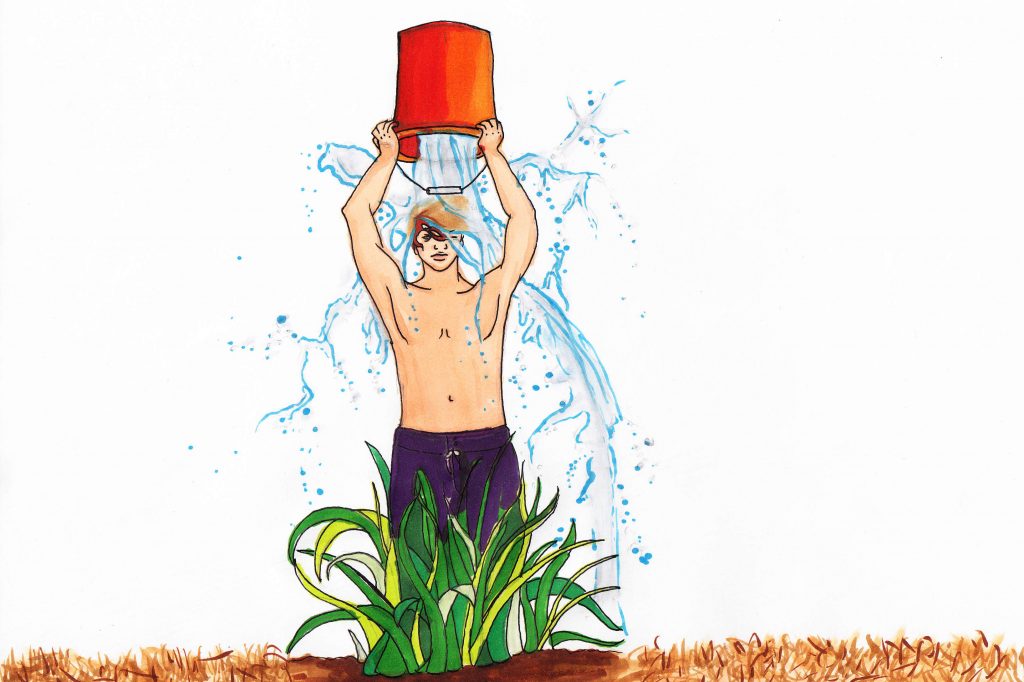
More likes. More comments. More favorites. More attention. More fun.
These days, people shamelessly post videos of themselves pouring ice-water over their heads and believe that they have become an “advocate” of ALS awareness alongside their celebrity heroes.
But are they doing it because they want to spread ALS awareness or just because their friends nominated them?
Do they even know what ALS is?
Amyotrophic lateral sclerosis (more commonly known as Lou Gehrig’s disease) is a disease which affects the nerve cells so they cannot initiate muscle movement. In later stages, the disease can paralyze the entire body and ultimately leads to a patient’s death.
Pete Frates is an ALS patient who wanted to take action and spread awareness about the disease that was consuming him. As an attempt to raise awareness, Frates asked his friends to try the challenge for him, which he saw online. The “Ice Bucket Challenge” invites participants to either pour ice-water over their heads, causing a contraction of the muscles simulating Lou Gehrig’s disease. Then, participants must “nominate” others to do so within 24 hours, donate $100 to the ALS Foundation, or both.
Within a few months, the challenge went viral with already about 2.4 million unique “#ALSIceBucketChallenges” on Instagram.
But there is something wrong about this challenge.
Instead of associating it with a serious disease that affects many people and their loved ones around them, the Ice Bucket Challenge has just become another social media craze that people are passing on mainly due to the popularity of it and the attention that it comes with.
Viral hashtag “#cutforbieber” was a similar phenomenon. In 2013, social media sites exploded with grotesque pictures of self-inflicted cuts from teenagers across the nation, protesting against Justin Bieber’s alleged drug abuse.
Unlike that trend, the Ice Bucket Challenge is a seemingly harmless method of spreading awareness of a worthy cause while also raising lots of money.
The craze has already raised over $100 million compared to the $2.8 million that it raised last year in the same amount of time.
However, according to a financial report by the ALS association, 73 percent of the total donations go towards “overhead expenses, executive salaries and external donations.”
Only 27 percent of people’s donations actually go towards funding ALS research. Only 27 percent of donations actually go towards finding a cure for a disease that many people refer to solely as the “Ice Bucket Challenge.”
The popular social campaign, regardless, has convinced many to donate and caused large sums of money to be raised despite the disappointing share in the donations.
It also causes people to waste considerable amounts of clean water and ice that should be conserved and used in a better way, especially in California during this horrible drought.
Yes, Californians, we are in a drought.
A drought.
Regardless of whether participants are standing in a pool or over a dead patch of grass when pouring the ice-water over their heads, they are still wasting perfectly clean water and then laughing off the pain of the ice-cold water for all of their friends to “like.” Meanwhile, lakes are dried up and expensive crops are forced to survive off of water tanks.
There are countries which struggle to provide clean, fresh water to their people while we’re consciously throwing water here and there in the name of charity or just because our friends are nominating us to do so within 24 hours.
#RubbleBucketChallenge was one negative response to the challenge from a journalist in Gaza, PS, where water and ice are not readily available. Participants pour the plentiful rubble and debris nearby over their heads to raise awareness of their lack of water and power.
Undoubtedly, however, the phenomenon is raising more money and awareness than it would without the challenge.
But why is Donatella Versace asking me to donate to ASL (American Sign Language)? And what’s the point in the Samsung Galaxy S5 attempting the Ice Bucket Challenge along with other fictional characters like Homer Simpson or Kermit the Frog?
At a certain point, the meaning of the ice bucket challenge seems to slowly change from an awareness campaign of what ALS is, to a fun splash with friends because of nominations, attention, and spotlight for celebrities and an advertising opportunity for products and TV shows.
The beauty of the Ice Bucket Challenge is that it has already raised money, awareness, and a lasting impact for ALS research.
But I believe “#ALSicebucketchallenge” will potentially be a failure if it keeps trending as just a water wasting and attention grabbing craze rather than a serious disease that a patient wanted the world to know about.
If it never went viral, would as many people attempted it? Donated to ALS? Or known what ALS is? Probably not.




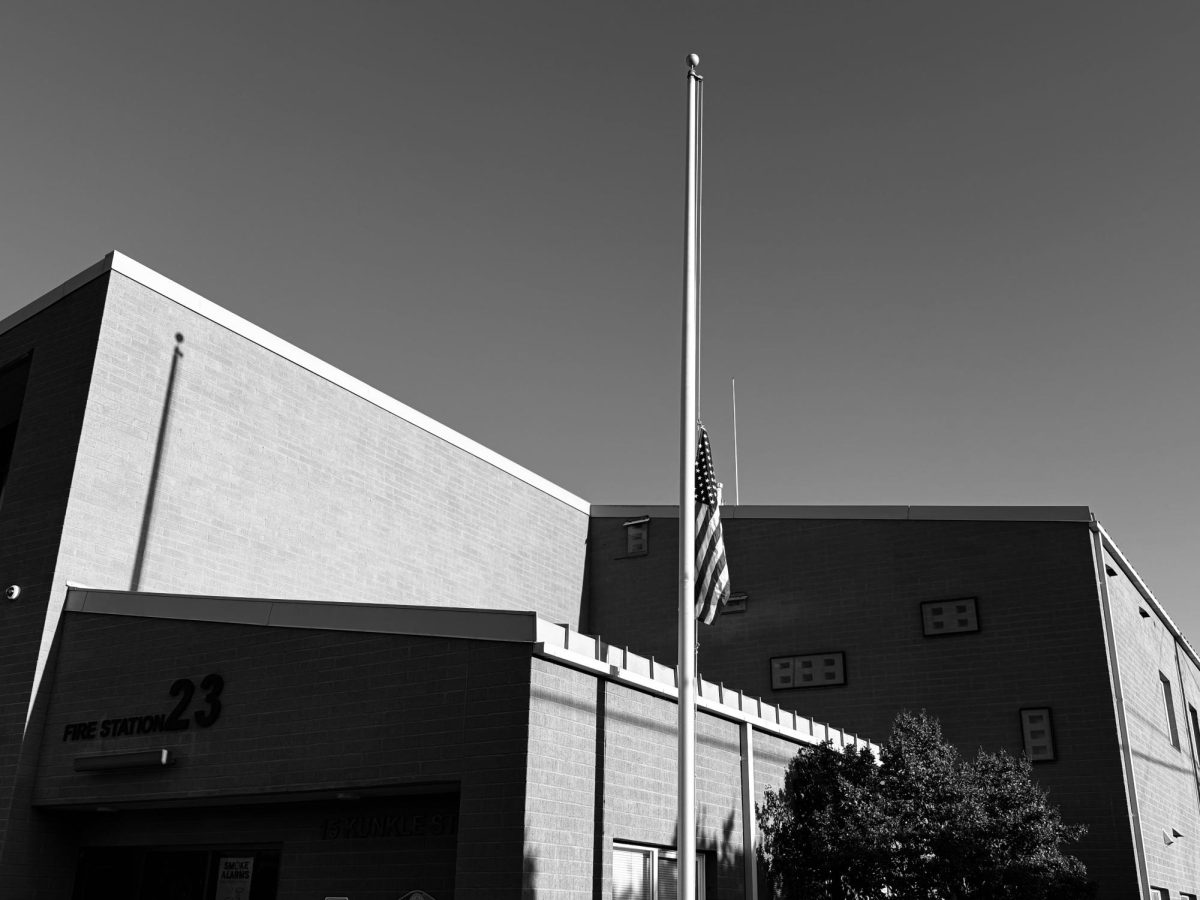
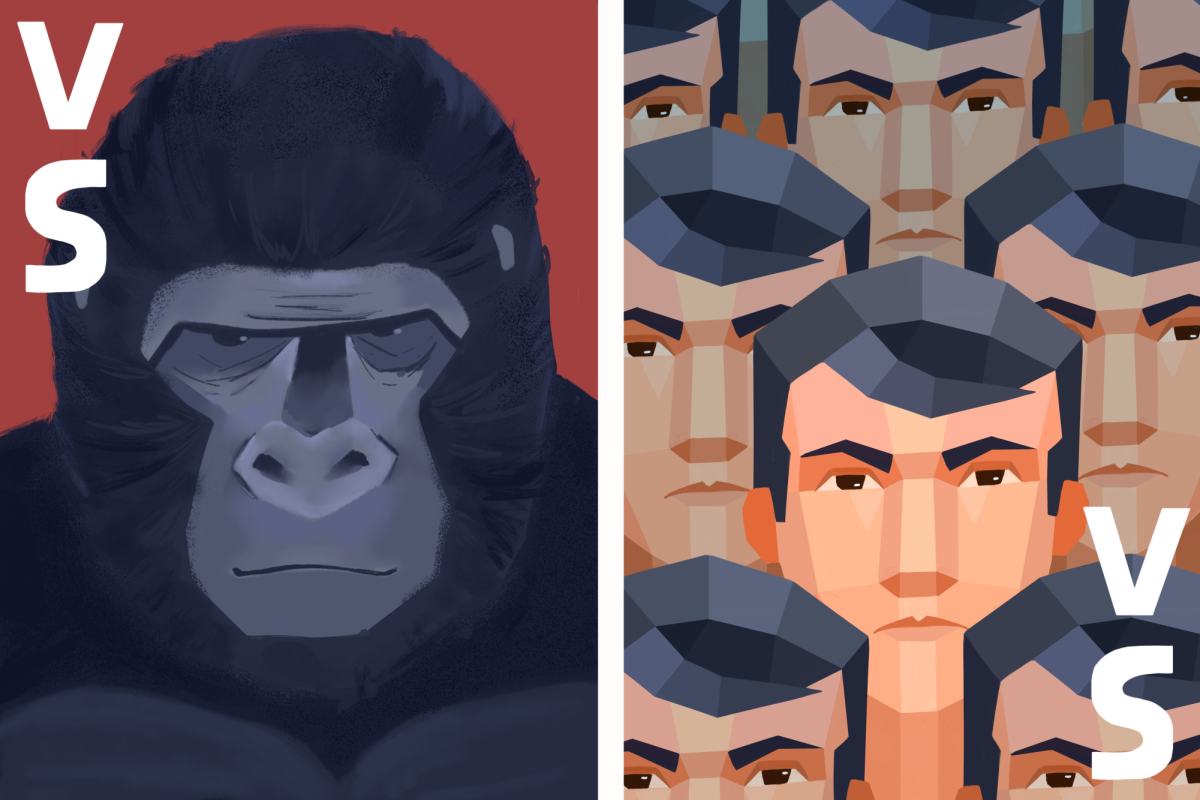

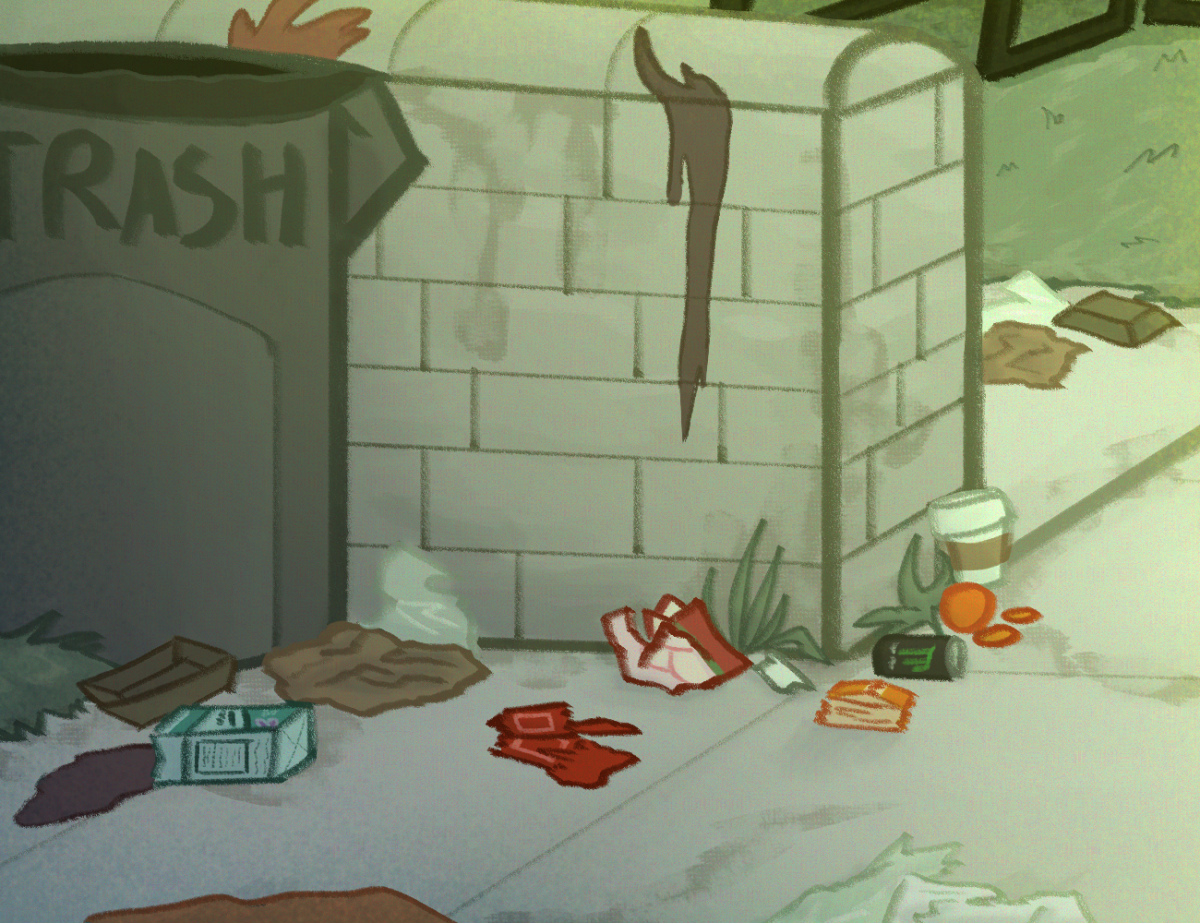
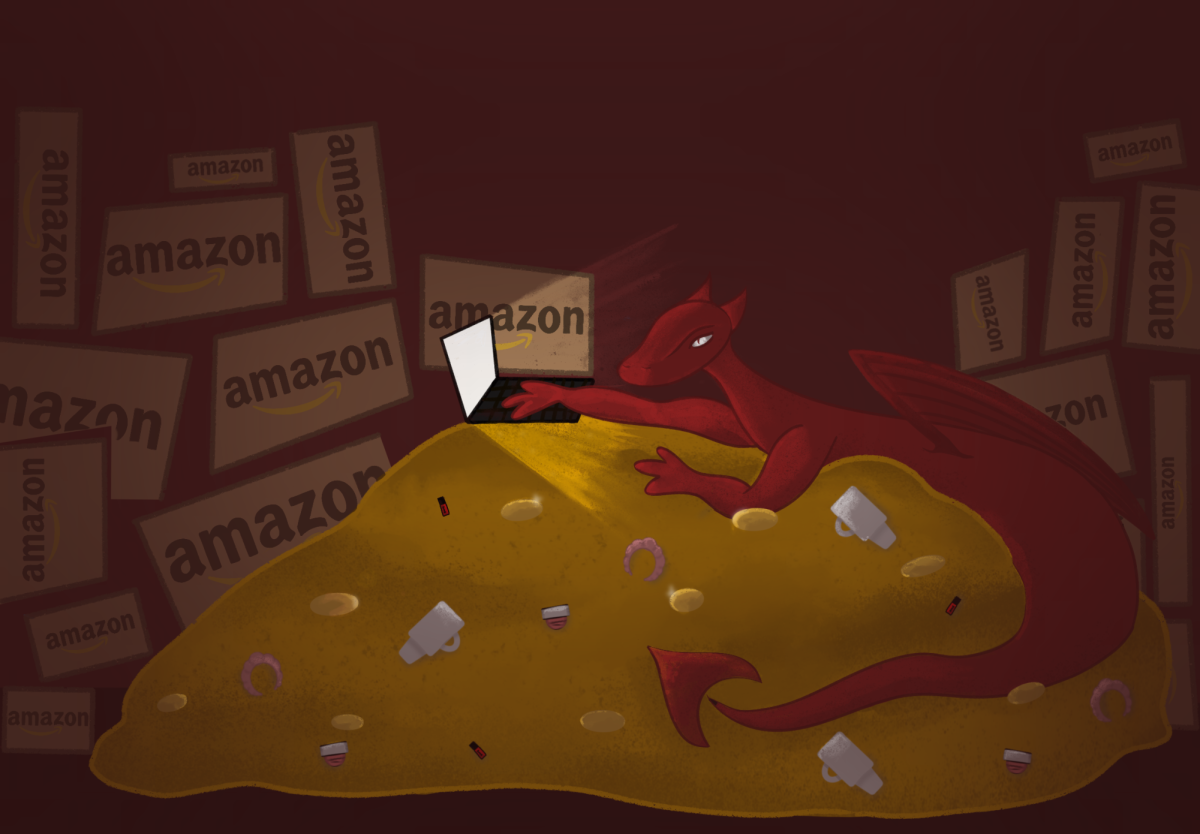
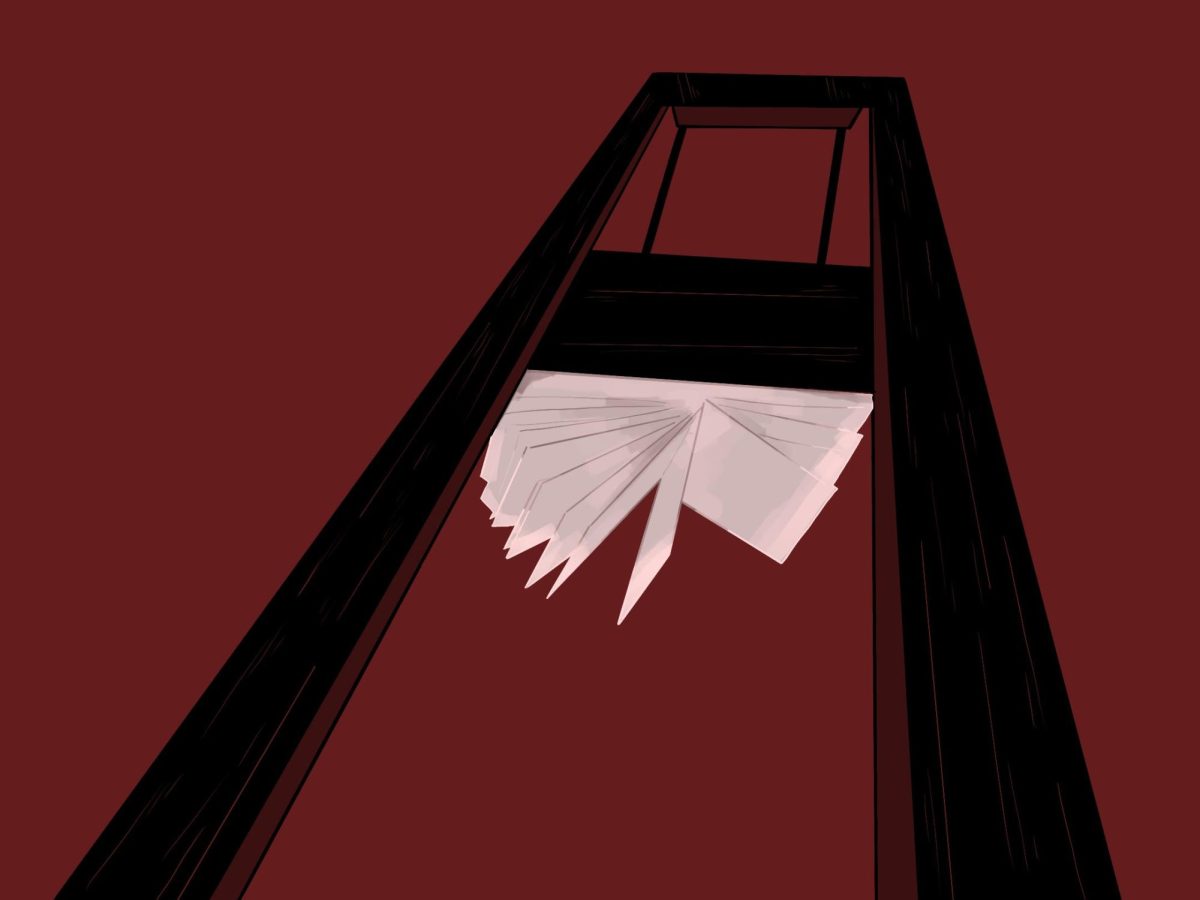
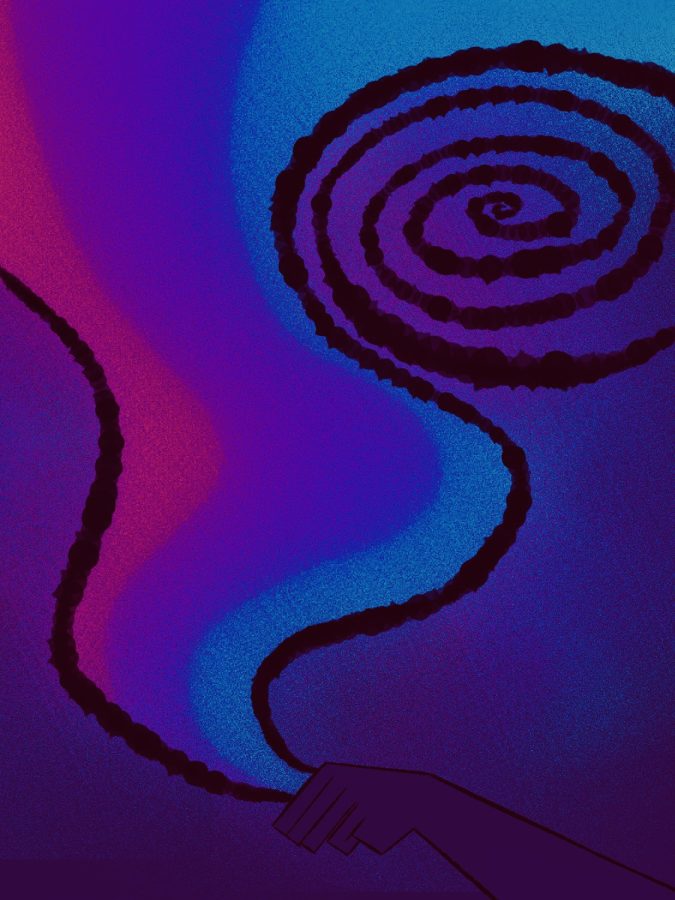


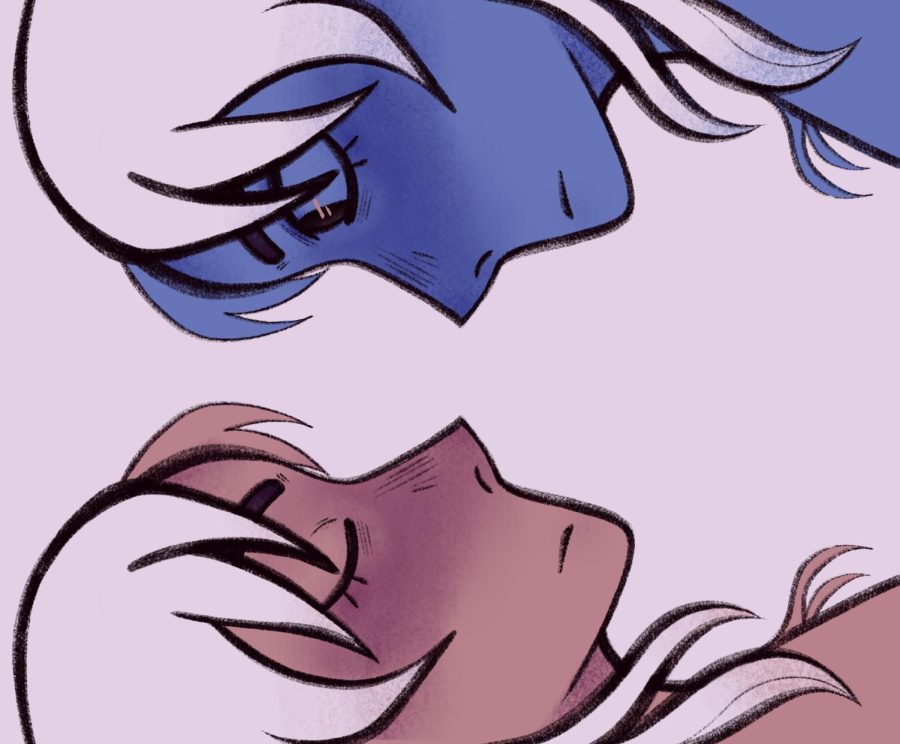

Steven Westermann • Jul 3, 2025 at 2:35 am
I was diagnosed with bulbar ALS in May 2024. I live in Texas, and I’m 68 years old. I take Nudexta medication to help with the emotional outbursts of laughing and crying. The weakness, slurred speech, and muscle loss progressed quickly. Mobility has been an issue since Dec 26, when I fell and broke my hip, and although I made small strides at first, I felt like my life had been placed on a countdown, as there was no known cure other than the prescription of riluzole medications, vitamins, and therapies. As the disease progressed, my symptoms worsened. With my neurologist’s guidance we decided to try other approaches and started the ALS/MND treatment, and it changed everything. Within 5 months, I noticed more strength in my limbs, clearer speech, and I have stopped using feeding tubes. I’m starting to learn how to walk again & I now sleep better. This ALS/MND treatment program gave me back control and hope. we got the treatment from uinehealthcentre. net This is a game changer for people with ALS
Steven Westermann • Jun 30, 2025 at 12:10 pm
I was diagnosed with bulbar ALS in May 2024. I was wheelchair bound. My feet hurt horribly on the foot petals. I started ALS/MND programme about 4 months ago. I’m now able to walk down the street and back at least I couldn’t do that prior to the ALS treatment. It doesn’t make the ALS go away but it did give me better quality of life. I got the treatment from Uine healthcentre .net
Grace Nathan's • Jan 15, 2025 at 10:28 am
I am a CALS. My husband is PALS. It was hard and I cry daily but not in front of him unless we cry together. He couldn’t find anything to give him happiness or hope. We have been focusing on our faith. He was only losing his voice before we made the decision to try different medications, which significantly enhanced his condition. He received the ALS/MND treatment for his ALS from uinehealth centre . c om approximately four months ago; since then, he has stopped using a feeding tube, speech is getting better by the day, sleeps well, works out frequently, and has become very active. thank you for this article
Julie Hilditch • Oct 22, 2023 at 10:49 pm
In December my health took a turn for the worse I became very weak fast and could not even eat When I say fast I mean going from eating a full plate of food to three days later not being able to drink a a sip of water I went to VA hospital emergency room for dehydration and figure they schedule me for a feeling tube placement They admitted me and two weeks later I woke up to my standing over me in the hospital room this occurred during my second or third drug holiday from Radicava Again no way to know if what I experienced was a side effect When I was discharged I was completely paralyzed So i started on Ayurvedic treatment from Natural Herbs Centre as time went on movement returned to my legs and to my arms and hands Able to hold my head up and strength has returned I give credit to God and NHC for my recovery Almost forgot to mention I was on 24 hours ventilation Now only use vent at night and during naps Was diagnosed in 2021 with ALS, I urge you to seek out naturalherbscentre. co m. We’re a little scared to tell everyone because some people might not believe us, since there’s no cure for ALS. But when I saw this post, I decided to share our story. This treatment is a breakthrough!
Bonnie Lundberg • Sep 2, 2021 at 2:57 am
My first symptoms of ALS occurred in 2011, couldn’t walk without a walker or a power chair, I had difficulty swallowing. I was given medications which helped but only for a short burst of time, then I decided to try alternative measures and began on ALS Formula treatment from Kycuyu Health Clinic, It has made a tremendous difference for me. I had improved walking balance, increased appetite, muscle strength, just amazing how effective this treatment helped me
Linda Kapala • Sep 20, 2014 at 12:32 pm
Enjoyed reading your commentary. I was disappointed to learn that only 27% of the money goes to actual research. I’d be interested in having you research a number of the more popular charities and posting a chart to show what % of donations actually go into research. I think public awareness of this is important so donors can designate money where it will do the most good. Thank goodness the sheer volume of money donated for ALS will create a large sum for research.